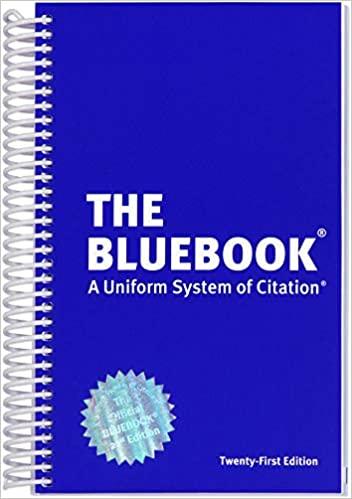Question
Question: Consider a two countries, Portugal and England, that produce two goods, wine and cheese, with only one factor of production, Labor. In Portugal, one
Question:
Consider a two countries, Portugal and England, that produce two goods, wine and cheese, with only one factor of production, Labor. In Portugal, one unit of labor can produce 1 unit of wine or 1 unit of cheese. In England, one unit of labor can produce 1 unit of wine or 2 of cheese. There are 100 units of labor in Portugal, and 100 in England. Countries share the same tastes, and there is perfect competition.
1) Which country has a an absolute advantage in wine? In cheese? Which country has a comparative advantage in wine? In cheese?
2) Draw the Production Possibilities Frontier for each country and label graphs
Remember that the production possibilities frontier is the combination of wine and cheese that can be produced in each country, given the amount of labor)
3) Describe the autarky equilibrium in each country. (can show graphically)
Remember that for equilibrium we want to know how much each country is producing and consumingof each good, and at what (relative) price. (no precise numerica answer needed for production and consumption)
a) Suppose now that preferences are such that consumers in both countries (tastes are the same across both countries) always want to consume twice as much cheese as wine. What would the autarky equilibrium be? (precise number needed)
4) Suppose the two countries are allowed to trade. What will be the range of relative prices of wine for which there will be trade? What will be the range of relative price of cheese for which there will be trade?
5)Suppose the world relative price of wine is 1.5
a. Will the countries trade? If so, describe the pattern of trade
b. At this price, exactly how much wine and cheese will Portugal produce? In particular, what can you tell about specialization?
c. Explain the gains from trade.
6) Suppose the world relative price of wine is 1.7. What changes with respect to question 5?
More specifically, does the pattern of trade change? Does the level of production change? Do the gains from
trade change? If so, specify how (numerically if possible, qualitatively - increases or decreases if not).
For the gains from trade, look carefully at how the Consumption Possibilities changes with the new price.
7) Suppose the amount of labor in Portugal grew to 120. How would the PPF in Portugal change? Would Portugal's comparative advantage change? Would the range of prices for which trade occurs change?
8) Suppose now the world relative price of wine is 2. Will there still be trade? Why or why not? l(ook at the gains from trade)
9) Suppose now the world relative price of wine is 3. Will there still be trade? Why or why not? (look at the gains from trade)




Step by Step Solution
There are 3 Steps involved in it
Step: 1

Get Instant Access to Expert-Tailored Solutions
See step-by-step solutions with expert insights and AI powered tools for academic success
Step: 2

Step: 3

Ace Your Homework with AI
Get the answers you need in no time with our AI-driven, step-by-step assistance
Get Started


